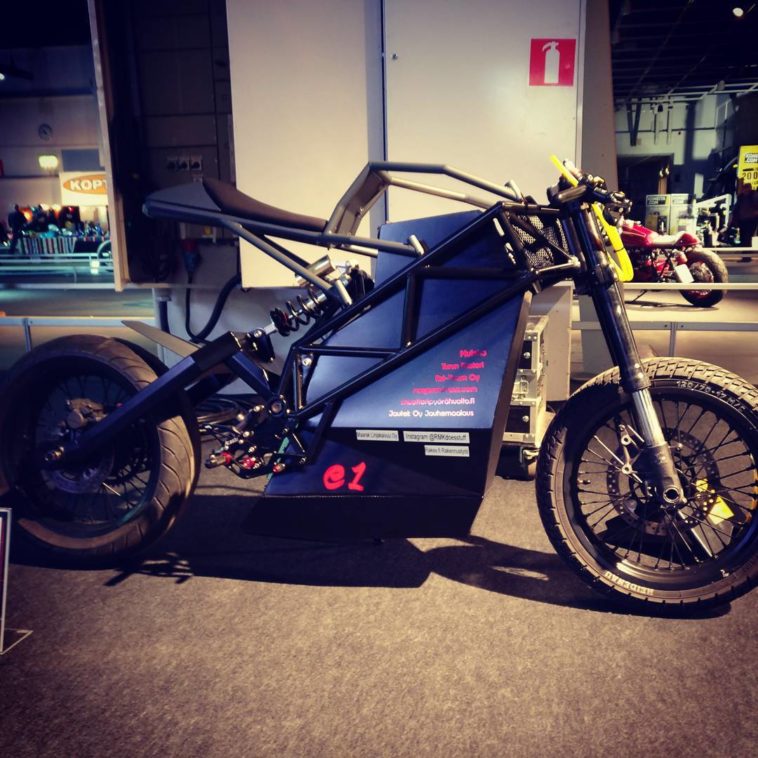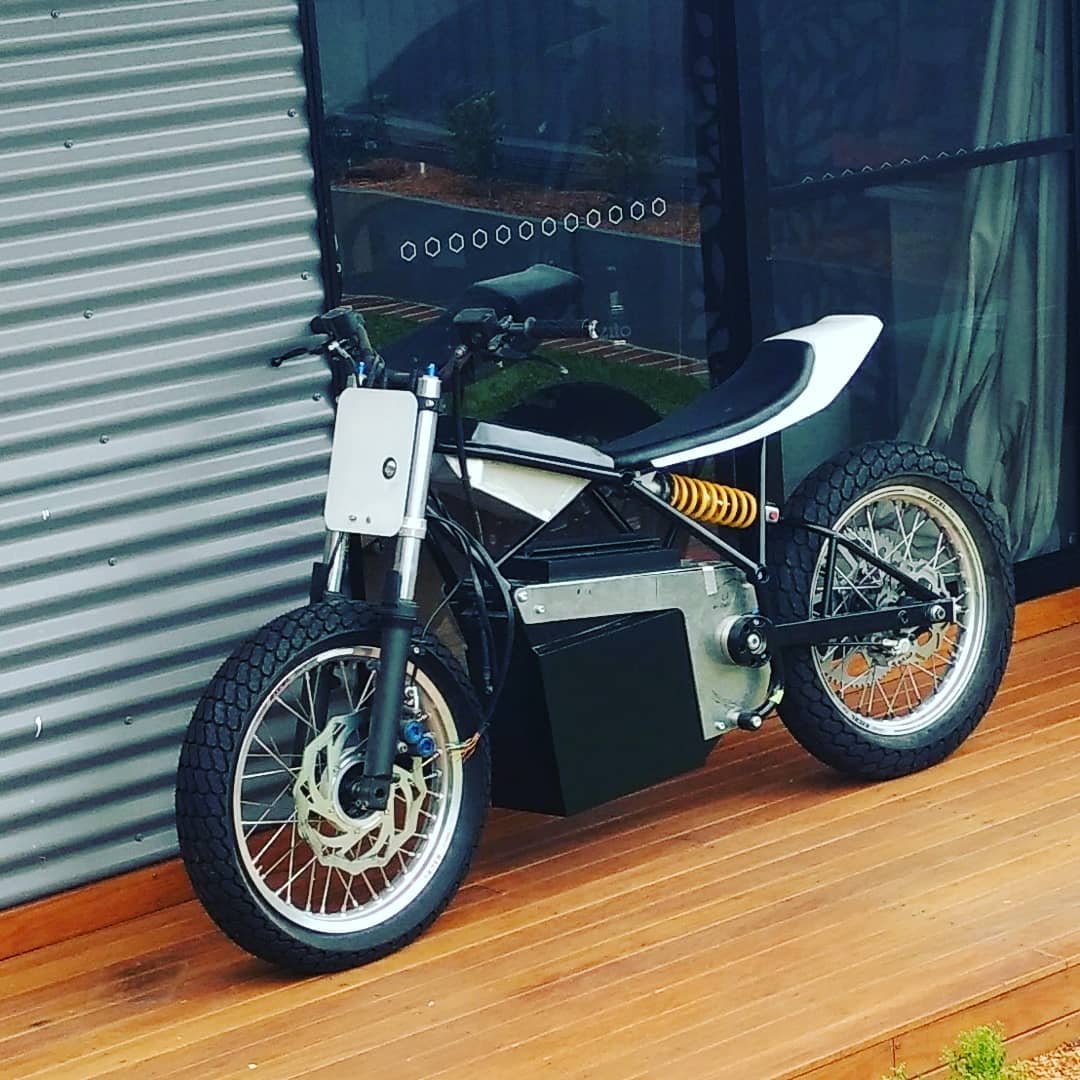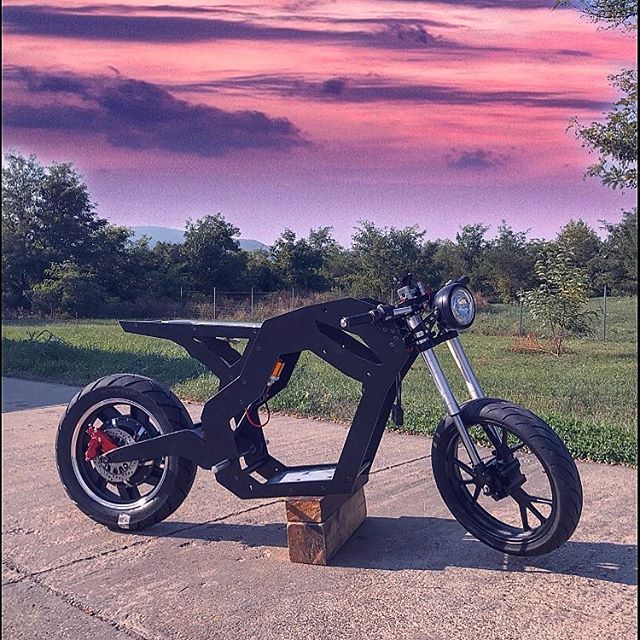The surge in environmental consciousness and the quest for sustainable transportation have driven many enthusiasts to consider homemade electric motorcycles. These innovative machines not only provide an extraordinary riding experience but also empower individuals to create their own solutions to modern mobility challenges. In this article, we will delve into the various aspects involved in building a homemade electric motorcycle, from selection and design to construction and maintenance.
Understanding Electric Motorcycles
What is an Electric Motorcycle?
An electric motorcycle is a two-wheeled vehicle powered entirely or partially by electric motors using electricity stored in batteries. Unlike traditional gasoline-powered bikes, electric motorcycles are known for being quieter, more efficient, and more environmentally friendly. With advances in technology, they now offer impressive range, speed, and performance, making them a viable alternative to their gas counterparts.
Benefits of Electric Motorcycles
Before we dive into the specifics of building one, let’s examine the benefits of having a homemade electric motorcycle:
- Eco-Friendly: A significant reduction in emissions contributes to cleaner air and a more sustainable environment.
- Cost-Effective: Reduced operating costs in terms of electricity and maintenance compared to gasoline motorcycles.
- Customizability: Building your own motorcycle allows you to tailor the design and specifications to suit your individual needs and preferences.
- Excitement of Building: The hands-on experience of constructing the motorcycle can be rewarding and educational.
Planning Your Project
Research and Gather Information
Before embarking on your journey to build a homemade electric motorcycle, it’s vital to gather extensive information on different aspects of electric motorcycles, including:
- Types of Electric Motors: Permanent Magnet DC (PMDC), Brushless DC (BLDC), and AC motors each have their own advantages and disadvantages.
- Battery Options: Lithium-ion batteries are popular due to their energy density and long life. Consider factors like capacity, weight, and safety.
- Frame and Chassis: The frame should be sturdy yet lightweight, incorporating necessary components like suspension and brakes.
Setting a Budget
Creating a budget is crucial for any DIY project. Assess the costs associated with:
- Materials: The main components (motor, battery, frame, wheels, etc.) will significantly impact overall costs.
- Tools: If you don’t already own the necessary tools, equipment purchases can add to your budget.
- Additional Features: Consider whether you want to add custom features, such as LED lighting or unique bodywork, which can increase costs.
Safety Considerations
Building a homemade electric motorcycle requires a solid understanding of safety practices. Keep the following in mind:
- Safety Gear: Always wear protective gear when working on your project, including gloves and safety helmets.
- Electrical Safety: Learn safe practices when handling high-voltage components and batteries to prevent personal injury and equipment damage.
- Legal Regulations: Familiarize yourself with local regulations regarding electric motorcycles to ensure your homemade creation is street legal.
Sourcing Components
Selecting the Right Motor
Choosing the right motor is a pivotal step in your build. A suitable motor will affect the speed, acceleration, and overall performance of your motorcycle. Here are some considerations:
- Motor Power: For city commuting, a motor between 3kW to 10kW should suffice. More power means more speed but requires adequate batteries and structural reinforcement.
- Cooling Method: Electric motors generate heat, so choose a motor with built-in cooling systems or consider additional cooling methods.
Battery Choices
Selecting a reliable battery is crucial for ensuring adequate range and performance. Consider the following factors:
- Battery Type: Lithium batteries are generally preferable due to high energy density and weight-to-power ratio. Lead-acid batteries are less expensive but considerably heavier and less efficient.
- Capacity Measurement: Capacity is measured in amp-hours (Ah). A higher Ah rating means a longer range but also increases weight.
- BMS (Battery Management System): Invest in a quality BMS to protect against overcharging, over-discharging, and balancing the battery cells.
Other Necessary Components
Before you start building, make sure you have all these necessary components:
- Frame and Chassis: You can either use an old gas motorcycle frame or purchase a custom frame designed for electric motorcycles.
- Wheels and Tires: Consider the type of riding you plan to do. For off-road, knobby tires are essential, while slick tires are better for on-road riding.
- Braking System: Disc brakes are often recommended for electric motorcycles due to their superior stopping power.
Assembly Process
Building the Frame
Once you have your components, you can start with the frame. Follow these steps:
- Prepare the Workspace: Ensure it is clean with ample space for maneuverability.
- Assemble the Gathering: Have all your components spread out for easy access.
- Weld the Frame: If modifying an existing motorcycle frame, use a welding machine to shape the frame as needed.
- Attach the Suspension: Securely mount the suspension system to allow for a comfortable ride.
Installing the Electric Motor
The next step is to install the electric motor.
- Position the Motor: Depending on your design, position the electric motor where it integrates best with the drivetrain and chassis.
- Mounting: Use appropriate brackets for secure motor mounting, avoiding vibrations that could affect performance.
- Connect the Drivetrain: Depending on your design, you may choose chain drive, belt drive, or shaft drive systems.
Wiring and Electrical Connections
Electrical wiring is a critical part of your homemade electric motorcycle. Follow these practices:
- Use Quality Wiring: Choose wires rated for the voltage you’re using to ensure safety.
- Organize Connections: Make sure to keep wires organized and labeled to avoid confusion during troubleshooting.
- Connect the Battery: Install your battery with the Battery Management System, ensuring all connections are solid and insulated.
Final Assembly
After completing the electrical connections, it is time to finish the assembly:
- Add Wheels and Tires: Install your selected wheels and ensure they are securely fastened.
- Mount Brakes: Ensure your braking system is mounted correctly, paying close attention to precise alignment.
- Test All Components: Before finalizing, conduct tests on all electrical components to verify smooth operation.
 Testing and Fine-Tuning
Testing and Fine-Tuning
Initial Testing
Once your homemade electric motorcycle is fully assembled, it must undergo initial testing:
- Check Battery Voltage: Ensure all battery connections are intact and check voltage levels.
- Test the Motor: Power the motorcycle slowly to gauge how the motor responds, checking for unusual sounds or vibrations.
- Brake Testing: Ensure brakes respond effectively; faulty brakes can be extremely dangerous.
Fine-Tuning for Performance
Depending on your initial testing feedback, you may need to make some adjustments:
- Adjust Motor Controller Settings: Many controllers allow for tuning to suit your riding style and battery characteristics.
- Optimize Weight Distribution: If the motorcycle feels unbalanced, consider relocating components to achieve better weight distribution.
Maintenance of Your Homemade Electric Motorcycle
Regular Maintenance Tips
A homemade electric motorcycle requires regular maintenance for optimal performance:
- Check Battery Health: Monitor battery voltage and balance regularly, replacing any cells that show signs of degradation.
- Inspect Electrical Connections: Ensure connections remain tight and free from corrosion to prevent performance issues.
- Tire Maintenance: Regularly inspect tires for wear and maintain appropriate tire pressures.
Troubleshooting Common Issues
Common issues can arise, even with careful construction. Be prepared to troubleshoot:
- Loss of Power: Check battery connections and voltage levels. Inspect for faulty wiring issues.
- Overheating Problems: Ensure adequate airflow around the motor and check for limitations in your cooling mechanism.
- Braking Issues: Monitor the state of brake pads and fluid if using hydraulic brakes; replace wear items when necessary.
Conclusion
Creating a homemade electric motorcycle can be a fulfilling and exciting project. Not only does it offer a chance to engage creatively and technically, but it also results in a vehicle that is efficient and eco-friendly. By thoroughly planning your project, sourcing quality components, and ensuring rigorous safety practices, you can build a reliable and innovative motorcycle that meets your needs. In exploring the creation of a homemade electric motorcycle, you become part of a growing movement that pushes the boundaries of personal transport while contributing to a more sustainable future.


